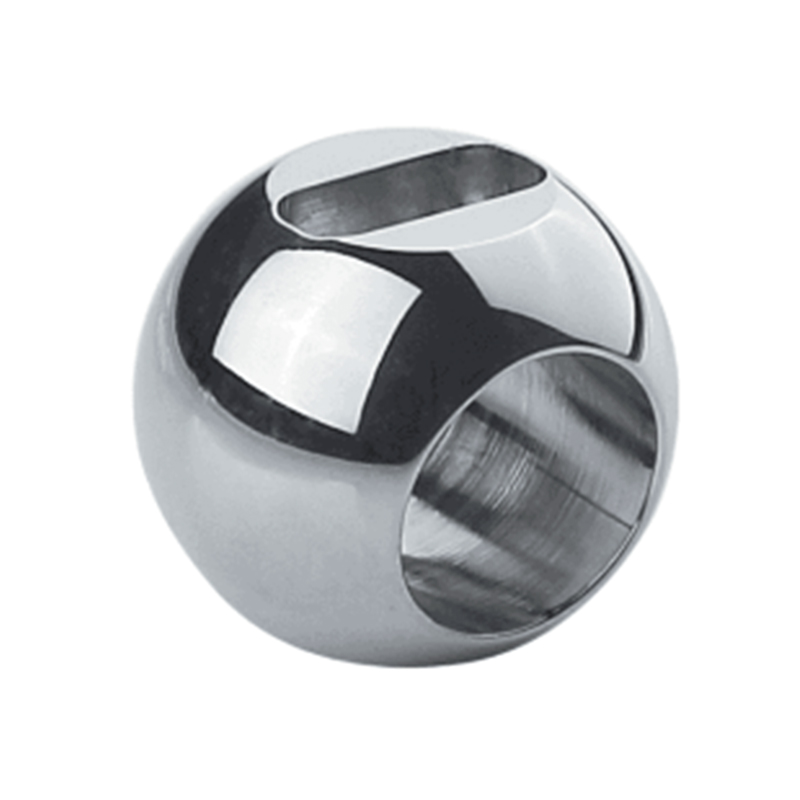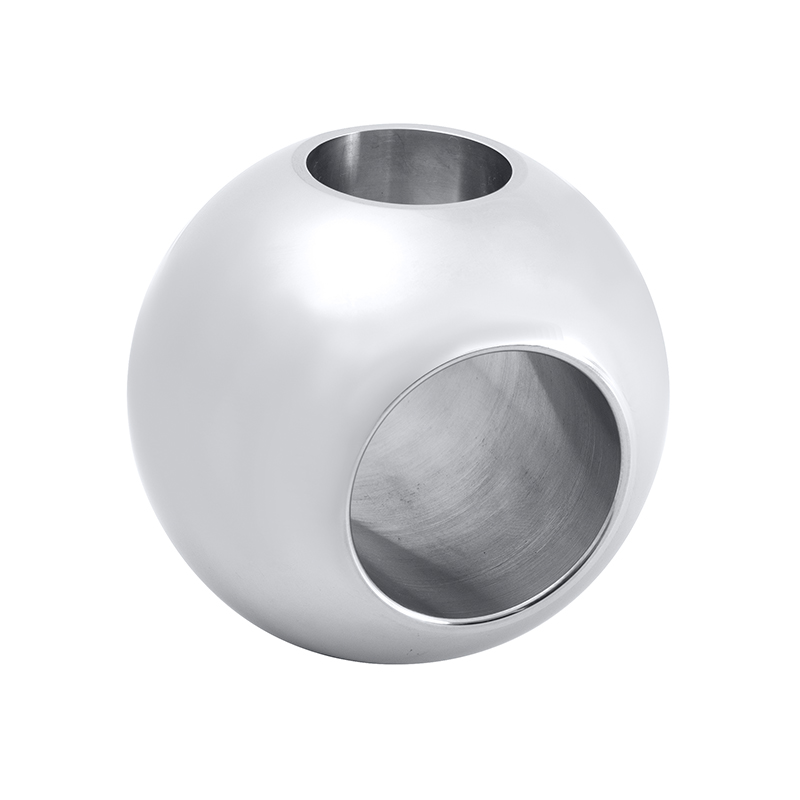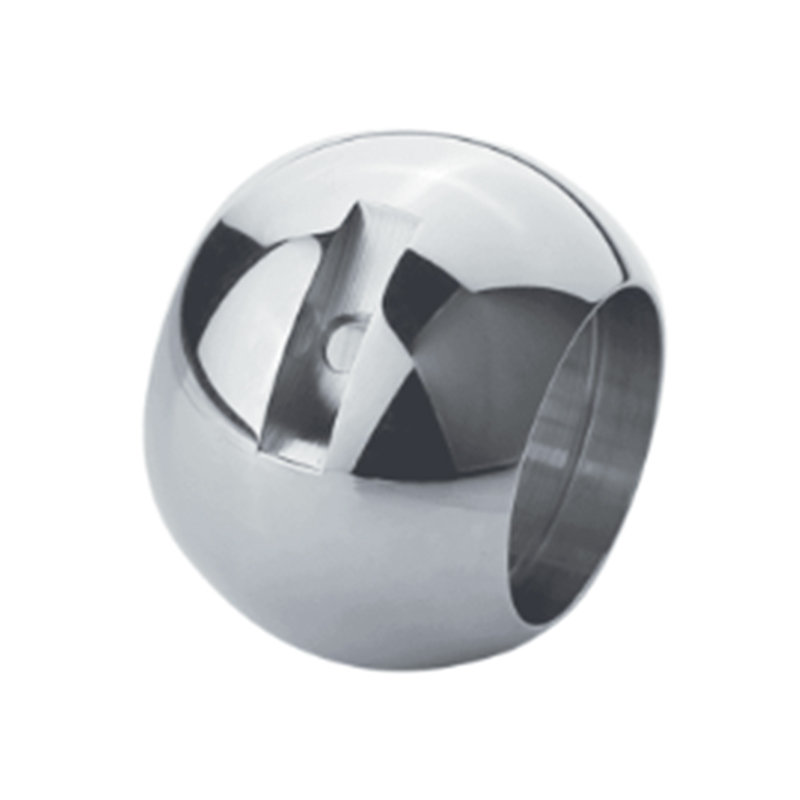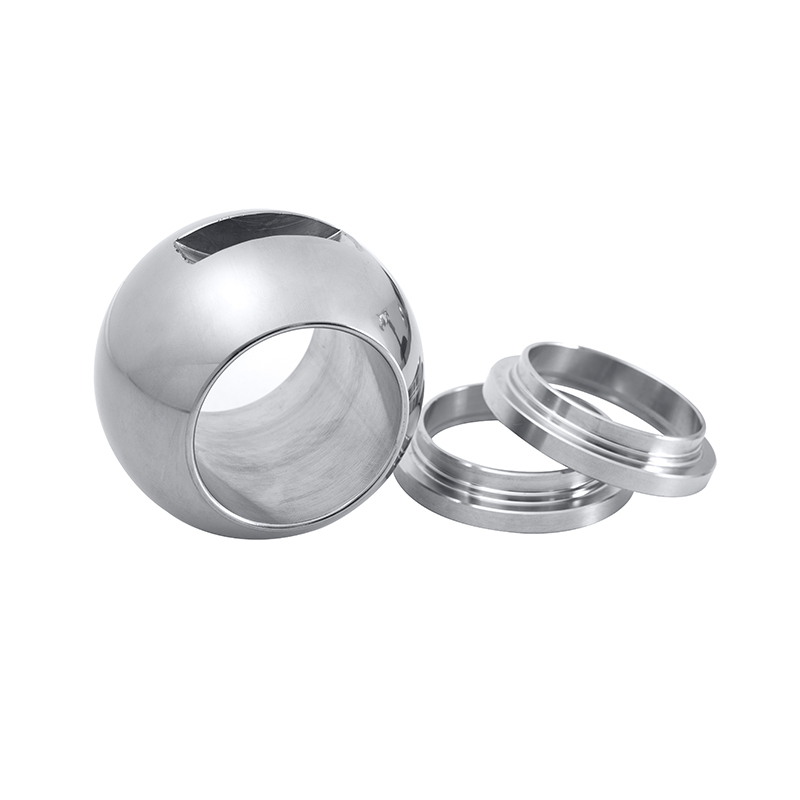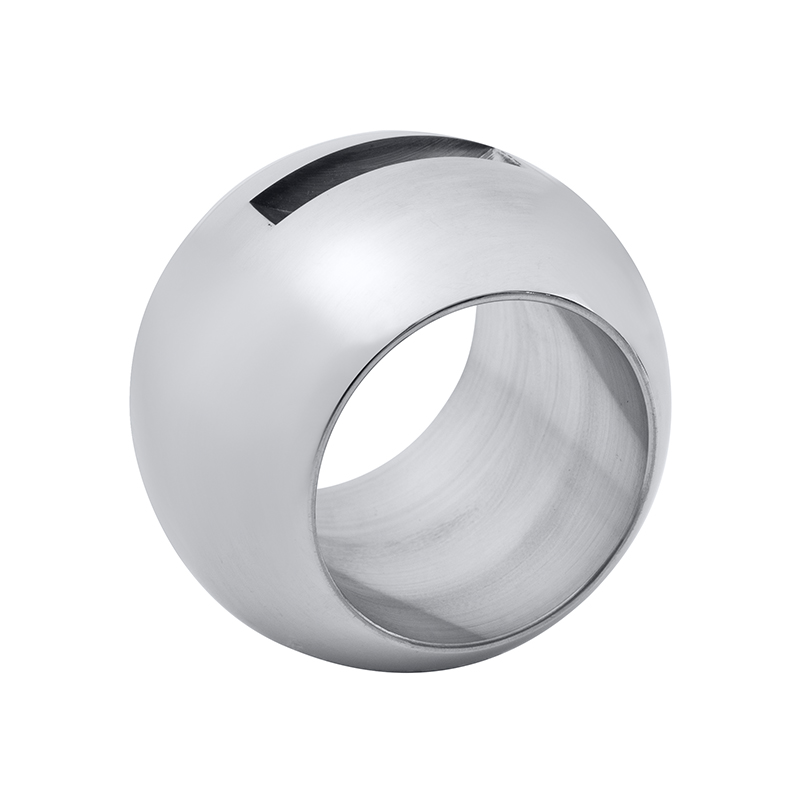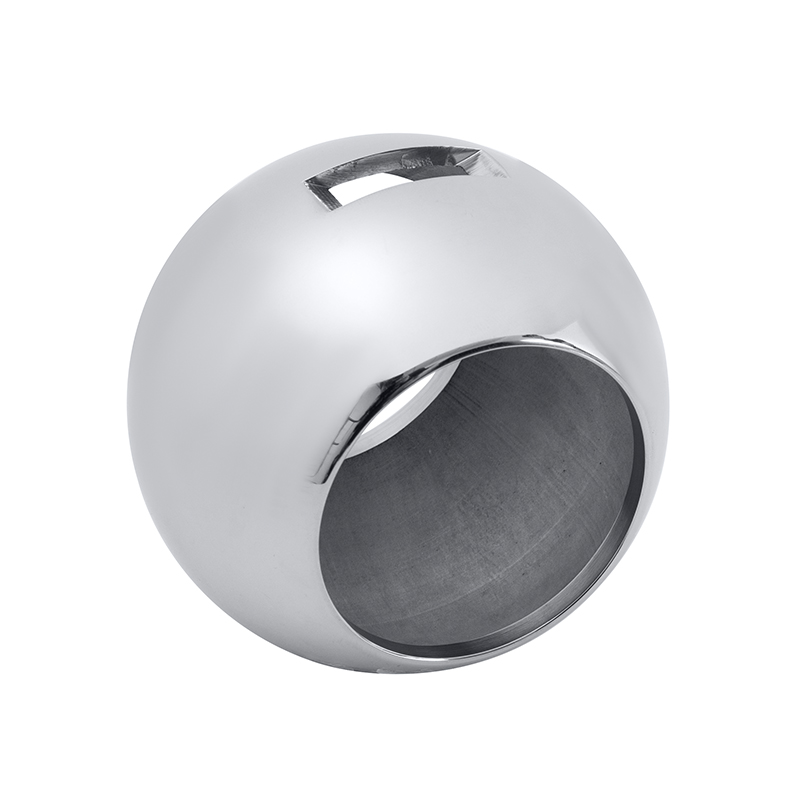In fluid control systems, ensuring long-term reliability and cost-effectiveness often hinges on the maintenance and reuse of essential components. One such component is the valve ball, found in various valve types such as the 3 way ball valve electric and the PVC ball float valve. Over time, even high-quality valve balls experience wear due to exposure to abrasive media, high pressure, or chemical reactions. However, with the right reconditioning practices, these valve balls can be restored to effective working condition, extending their service life and reducing operational costs.

Understanding the Role of Valve Balls
A valve ball is a critical internal part that regulates flow by rotating within the valve body. In 3 way ball valve electric systems, the valve ball is designed with a port through the center, allowing it to control flow in multiple directions, making it suitable for mixing or diverting applications. The electric actuator enhances automation, allowing precise control in complex systems like HVAC, chemical processing, and water treatment.
On the other hand, a PVC ball float valve is typically used in tanks or reservoirs to control the water level. The ball floats on the surface of the liquid, and when the level rises or falls, it actuates the valve mechanism. PVC construction offers resistance to corrosion and chemical attack, making it ideal for use in agricultural, industrial, and residential water systems.
In both cases, the valve ball is exposed to constant movement and environmental stress, which can advance to surface degradation, loss of shape accuracy, or buildup of scale and residues. This wear compromises the sealing performance, which can result in leakage or poor flow control.
Common Issues with Valve Balls
Over time, valve balls may suffer from:
Surface erosion: Especially in systems with abrasive fluids or high-velocity flow.
Corrosion: In chemical environments, especially when metals are used in incompatible media.
Scale buildup: Hard water or dirty liquids can leave deposits that affect the valve’s operation.
Loss of roundness or pitting: Small defects can cause improper sealing, reducing system efficiency.
Reconditioning is an effective way to address these issues without the need for complete valve replacement.
Reconditioning Methods
Reconditioning valve balls involves several steps designed to restore their surface finish, spherical geometry, and performance integrity. Here are the main steps:
Inspection and Evaluation
The one step involves visually and dimensionally inspecting the valve ball to assess wear. In automated systems like 3 way ball valve electric applications, tolerances must be carefully checked due to their precision control functions.
Cleaning and Descaling
Any surface residue or scale must be removed using chemical cleaning or ultrasonic baths. For PVC ball float valve balls, gentle cleaning is essential to avoid damaging the plastic material.
Regrinding and Polishing
Metal valve balls, particularly those used in high-pressure applications, are often re-ground to restore roundness. Diamond grinding tools can be used, followed by polishing to restore a smooth sealing surface.
Coating or Plating (if needed)
In some cases, a protective layer can be added to the valve ball, especially when it operates in a corrosive environment. This is less common for PVC ball float valve balls due to the nature of the material.
Testing and Reassembly
After reconditioning, the valve ball is tested for roundness, surface finish, and sealing performance. Once it passes these checks, it is reassembled into the valve unit and subjected t
Benefits of Valve Ball Reconditioning
Reconditioning offers several practical advantages:
Cost Savings: Extending the service life of valve balls reduces replacement frequency.
Sustainability: Reduces waste and promotes resource conservation, particularly in large-scale operations.
System Efficiency: Properly functioning valve balls help maintain system pressure and prevent leakage.
Customizability: Reconditioning can include modifications that enhance performance under specific operating conditions.
Special Considerations for 3 Way Ball Valve Electric Systems
These electrically actuated valves require highly precise ball surfaces to ensure smooth movement and accurate flow control. Reconditioning must meet strict dimensional standards to ensure compatibility with the actuator. Regular maintenance schedules can also include predictive monitoring of ball wear, using digital sensors integrated into smart valve systems.
Maintaining PVC Ball Float Valves
While PVC valves are generally low maintenance, float valve balls should still be inspected periodically, especially in systems with high mineral content. Though reconditioning for plastic components may be limited compared to metal balls, simple cleaning and polishing can restore functionality if the damage is small. In cases where the ball is damaged beyond recovery, replacement is often the practical choice due to the lower cost.
Reconditioning valve balls, whether from a 3 way ball valve electric setup or a PVC ball float valve, plays a crucial role in extending system performance and reducing operational costs. By implementing a thoughtful maintenance and refurbishment strategy, industries can improve equipment longevity and reliability without unnecessary replacements. Reconditioning is not only a technical solution but also a sustainable practice for modern fluid control systems.

 English
English Español
Español Deutsch
Deutsch
